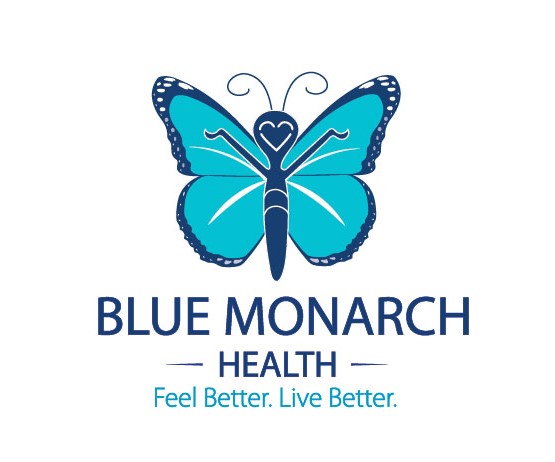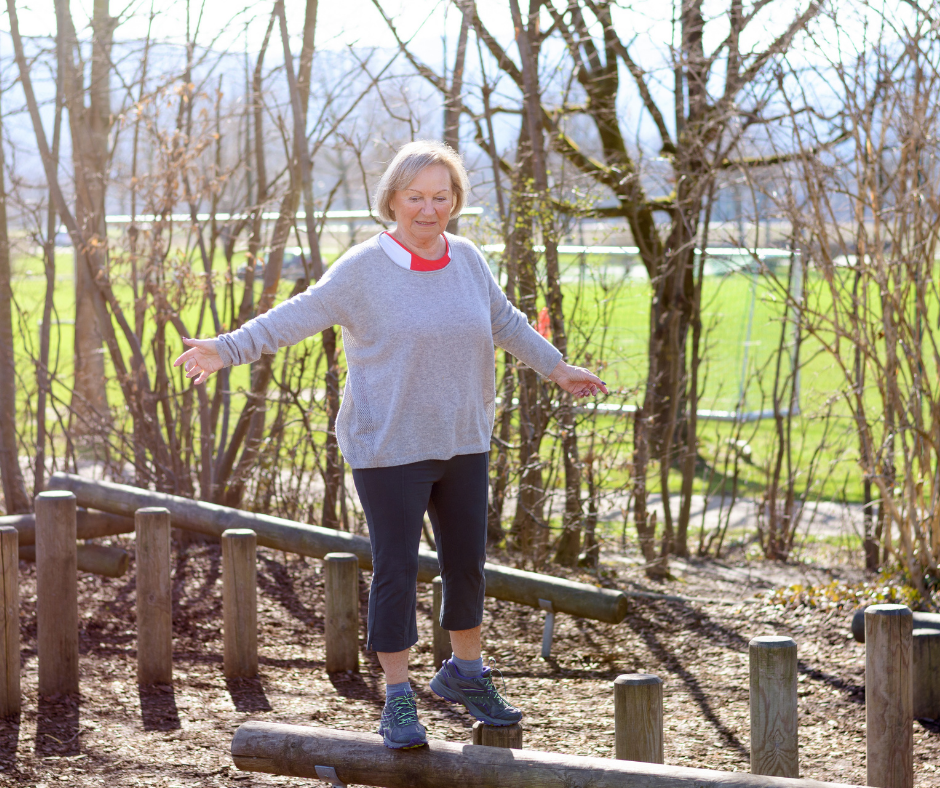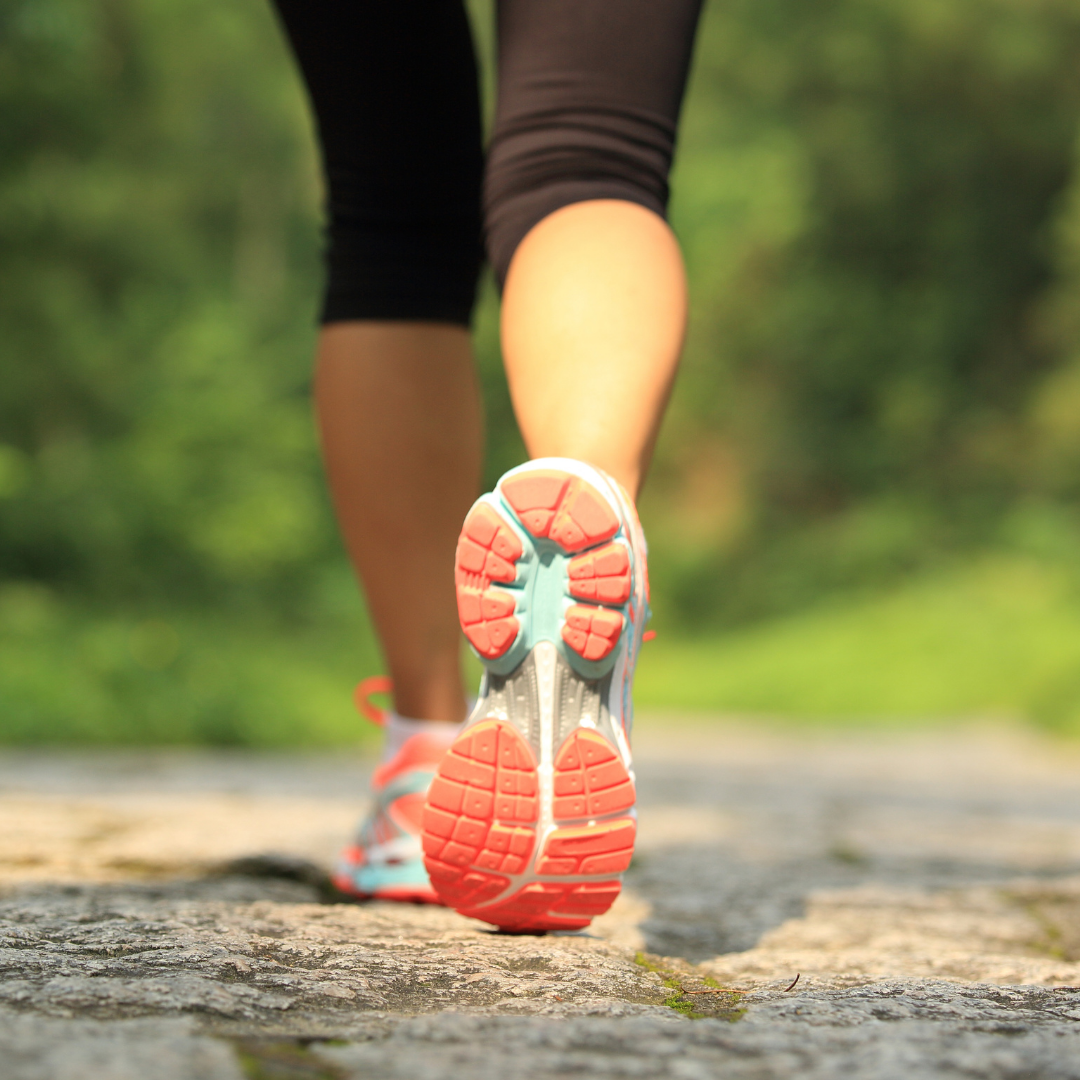In my partnerships with active, older adults (50+ years old), we strive to maintain their health and active lifestyle through self-awareness of personal body movements, confidence in their strength, power, agility and other factors that bring balance and grace to aging.
During our precious time together, I’ve heard lots of stories and comments.
I Never Noticed That!
Recently, I’ve heard the comments, “I never noticed that- but NOW I do!”, and, “I didn’t know these tiny exercises could be so effective!” and “Everyone should be doing this stuff!”. “I’m looking forward to what we are doing today!” or, “Aaaah, so that’s why we are doing that!”.
Self-awareness concepts for health are HIGHLY effective to maintain or improve an active lifestyle, yet, sadly, not everyone is aware, or doing things with self-awareness.
How often have you gone through the day blindly, only to plop down in front of the TV and rub the back of your neck, or your legs wondering how they got so achy?
Worse yet, many people are so insecure in their movement ability and confidence, that they’d rather stay in the safety of their home instead of living in the freedom they deserve, or limit themselves. I don’t want that for you!
You Can Feel Confident in Your Body
You can feel confident in your body and build up your ability to move with ease, balance and grace, by incorporating self-awareness into your every day life.
So, let’s engage your self-awareness and bring it into your feet to maintain your healthy and active lifestyle.
Stable Gait
A stable gait requires an adequate range of motion in your joints, appropriate timing of many muscles, and enough strength in those muscles to do what they need to do.
In the Zibrio Balance Specialist Course, I learned that you have 650 muscles that support 206 bones to keep you standing in an upright position. I KNOW! Crazy!
200 Muscles to Coordinate a Single Step
And, did you know, it takes 200 different muscles to coordinate a single step? Your body innately knows how to do this, because of distinct sensory movement patterns you’ve developed through your lifetime.
As you age, some of these pathways can become a little clogged, or your unique pathways have tried to adapt to changes in vision, or an injury, or calcifications or lack of use.
You Can Train to Regain
It is true, if you don’t use it, you can lose it, BUT you can also train to regain and enhance your movement patterns if you try! Movement with self-awareness truly helps you get your movement confidence back because it improves your sensory motor pathways.
Proprioception
Proprioception is a fancy word to describe how your healthy body perceives itself in space through movement, or touch. It uses this information to be able to adjust to your surroundings and use your muscles to adapt.
Some simple examples are, how you know you are walking on grass and not concrete, even when you can’t see it, or that when you are really close to someone you know to step to the side to get out of their way.
Now Your Dog is Walking You!
A more intricate example is, you are walking your dog on a leash. The dog sees a rabbit and darts off, and now your dog is walking you! Your sensory system detects a pull on the leash, your vestibular system (we’ll discuss this another day) detects your head being pulled backwards like a mild whip lash, while your body is pulled forward. The muscles of your legs and arms detect stretch and automatically fire under tension, allowing you to use your ‘step strategies’, and you prevent a fall.
When your proprioception is ‘off’ due to an injury, loss of tactile sensation like diabetic neuropathy or neurological diseases like Parkinson’s, or even misuse or lessened use of your body, it can make perception of your body in space VERY difficult.
So now, let’s try to keep it simple, and focus on one thing you can do to improve your proprioception.
Focus on Your Feet
First, let’s focus on your feet. Your feet are VERY important.
Feet are in contact with the floor, carpet, earth etc. almost constantly, and the sensations of your feet provide information to the rest of your body.
To become aware of your feet, begin by noticing them. Ask yourself some questions about your feet. Questions like,
Can I feel my feet?
Are my shoes tight or loose around my feet?
What can I notice about my stepping?
Do I hit the floor with my heel or my toes first?
Can I sense my arches as I roll through the step?
Do I feel my big toe push off the floor?
What are my other toes doing?
Are my feet warm or cold?
Do I notice the outer parts of my feet?
Am I able to crunch up my toes?
Sit with these questions for a little bit of time, not trying to change anything about your feet at all. The only thing you need to do is notice what your feet are doing without judgement of yourself or your feet.
How Often Have You Done This?
Yes, I know, it sounds simple. But, how often have you done this? Has anyone ever talked to you about the importance of your feet?
I’m here to tell you your tootsies are important and your self-awareness of your feet is even more important.
So What Did You Read?
Self-awareness can improve your health and active lifestyle
You use 200 different muscles to coordinate a single step
Proprioception is your body’s ability to sense where it is in space
You begin improving your healthy gait by noticing your feet.
Ask yourself questions and learn more about your feet and yourself through your self-awareness
Next up, I’ll share how to assess the quality of your walking pattern.
You are loved, Nicole
ps. have I told you I had a fear of feet? YES! So weird. Maybe I’ll write a blog about that soon. LOL
Nicole A. Vienneau MSN, RN, NC-BC
Active Aging Specialist
After two decades as an Intensive Care Nurse caring for the sickest of patients, Nicole left the one-size fits all healthcare industry, and created Blue Monarch Health, where she is; Active Aging Specialist, Health Protection Expert and Head Motivator! Instead of waiting for you to get sick, she meets you where you live, work and play, to enhance your health and vitality.
Nicole Vienneau achieved a Master’s in Nursing Science from the University of Arizona, a board certification in Integrative Nurse Coaching from the American Holistic Nurses Credentialing Corporation, and is Senior Faculty with the Integrative Nurse Coach Academy. She is a Functional Aging Specialist, personal trainer, yoga teacher, and group fitness instructor and a retired Reebok-sponsored Fitness Athlete. When she’s not coaching clients or writing blogs, or hosting the Integrative Nurse Coaches in ACTION! Podcast, you can find her teaching active older adult fitness classes, volunteering with the Alzheimer’s Association, lounging in the sun with her cat babies, or on a hike with her awesome husband.
Email Nicole
The contents of this website/blog are for informational purposes only and are not intended to be a substitute for professional medical advice, diagnosis, or treatment. This website/blog does not provide medical advice, diagnosis, or treatment.
Always seek the advice of your physician or other qualified health provider with any questions you may have regarding a medical condition.








